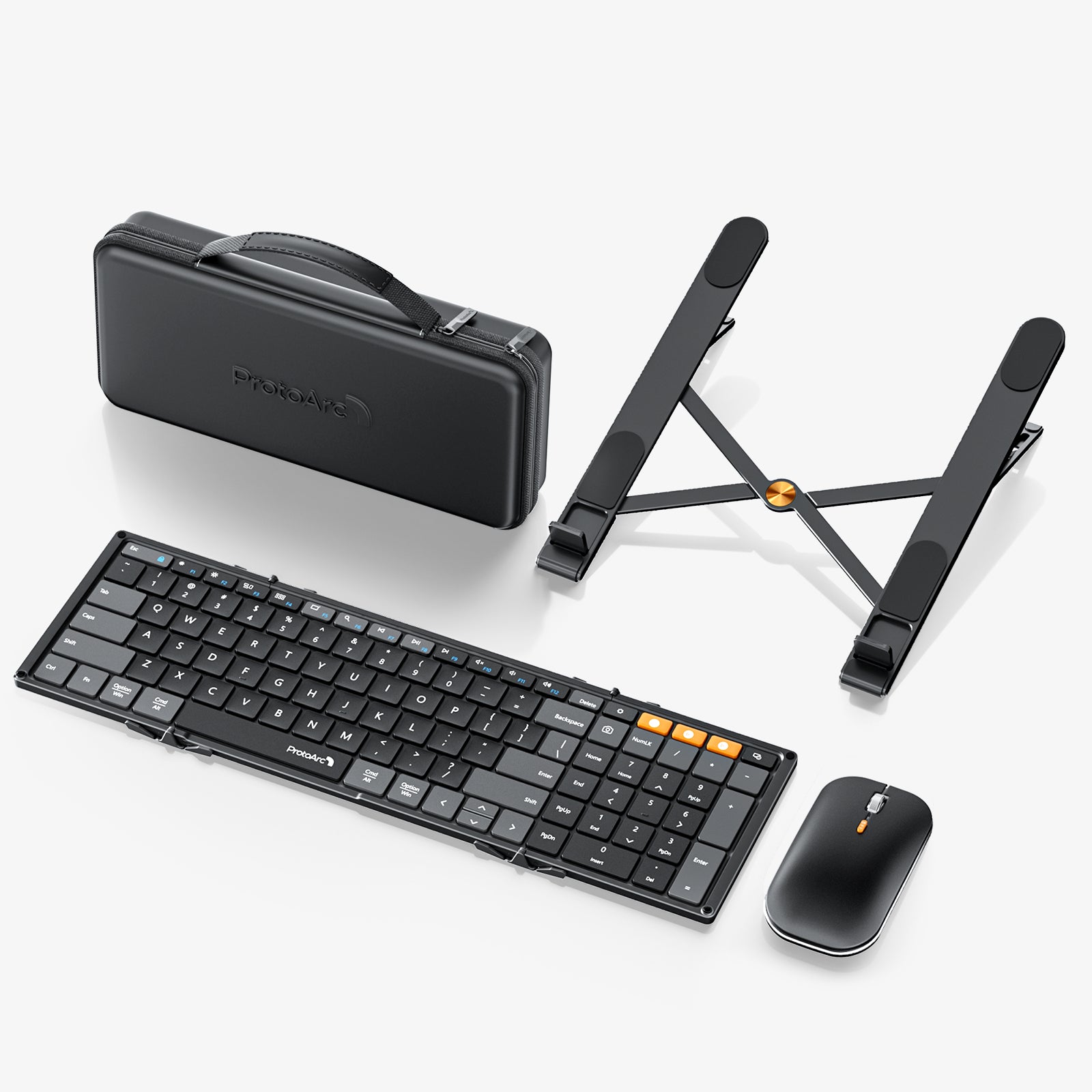Master Your Mouse: Uncover the Secrets to Ultimate Comfort and Strain-Free Computing!
In today's digital age, many of us spend countless hours in front of a computer, whether for work, gaming, or leisure. While we often focus on the importance of a good chair or desk, we may overlook another crucial element: how we use our mouse. Ergonomics, or the study of people's efficiency in their working environment, plays a significant role in our comfort and health during extended computer use. Improper mouse usage can lead to discomfort, repetitive strain injuries, and long-term health issues such as carpal tunnel syndrome. This article aims to provide you with valuable techniques and tips for using a mouse ergonomically, helping you to reduce strain and enhance comfort while you navigate your digital world.

Understanding Ergonomics and Its Importance
Ergonomics is the science that focuses on designing tools and workspaces that fit the human body and its movements. It's particularly relevant when it comes to mouse usage, as many people spend hours clicking and scrolling without considering how their posture and technique may affect their health. Poor ergonomic practices can lead to common issues such as repetitive strain injuries (RSIs), which encompass conditions like tendonitis and carpal tunnel syndrome. These ailments arise when the same motion is repeated frequently, often resulting in pain, swelling, and reduced mobility. By understanding the principles of ergonomics, you can take proactive steps to prevent these problems and create a more comfortable computing experience.
Choosing the Right Mouse for Comfort
Selecting the right mouse is a fundamental step toward achieving ergonomic comfort. Mice come in various shapes, sizes, and sensitivity levels, making it essential to choose one that fits your hand comfortably. An appropriate mouse should allow your hand to rest naturally, minimizing the need for awkward wrist angles. Look for features such as contoured designs that support your hand's natural curvature, adjustable sensitivity settings, and even vertical mice that promote a more natural grip. When my friend Anna switched to an ergonomic mouse, she noticed a significant decrease in wrist discomfort, allowing her to work longer without pain. Choosing the right mouse can greatly reduce discomfort and enhance your overall computing experience.
Proper Hand and Wrist Positioning
Maintaining the correct hand and wrist position while using a mouse is crucial for preventing strain. Ideally, your wrist should remain in a neutral position, not bent up or down. This can be achieved by keeping your forearm parallel to the floor and your hand hovering comfortably over the mouse. Avoid resting your wrist on the desk while clicking or scrolling; instead, let it float or use a wrist rest if necessary. A good practice is to keep your fingers relaxed and to use your whole arm when moving the mouse, rather than just your wrist. This technique distributes the strain across larger muscle groups, reducing the risk of injury. Remember the story of my colleague Paul, who developed wrist pain from years of improper positioning. Once he adjusted his technique, he experienced a remarkable improvement in comfort.
Techniques for Reducing Strain While Using a Mouse
Implementing practical techniques can significantly reduce strain while using a mouse. First and foremost, take regular breaks to stretch and move around. The 20-20-20 rule is an excellent guideline: every 20 minutes, look at something 20 feet away for at least 20 seconds. Additionally, incorporating stretching exercises specifically for your hands, wrists, and arms can help alleviate tension. Using a mouse pad with wrist support can also promote a neutral wrist position. Furthermore, adjust your workstation layout to ensure your mouse is easily accessible and at the same level as your keyboard. This can help maintain a comfortable posture and minimize the need for awkward movements. My friend Lisa began using a timer to remind her to take breaks, and she found that her discomfort decreased substantially.
Creating an Ergonomic Workstation
Your workstation setup plays a crucial role in promoting ergonomic practices. Start by ensuring your desk height allows your elbows to be at a 90-degree angle when typing or using the mouse. Your monitor should be positioned at eye level, roughly an arm's length away, to prevent neck strain. The mouse should be placed close to your keyboard to minimize reaching and encourage a natural arm position. Moreover, consider the lighting in your workspace to reduce glare on your screen, which can lead to eye strain. A few simple adjustments can make a significant difference in your comfort level. When I helped my brother set up his home office, we focused on these ergonomic principles, and he reported feeling much more comfortable during long work sessions.
Mastering Ergonomic Mouse Usage for Better Comfort
In conclusion, mastering the art of using a mouse ergonomically is essential for reducing strain and enhancing comfort during long hours of computing. By understanding the importance of ergonomics, selecting the right mouse, maintaining proper hand and wrist positioning, implementing techniques to reduce strain, and creating an ergonomic workstation, you can significantly improve your overall experience. Remember, small changes can lead to substantial benefits in your health and comfort. Take the time to assess your current setup and habits, and implement the tips provided to ensure a healthier and more enjoyable computing experience.








